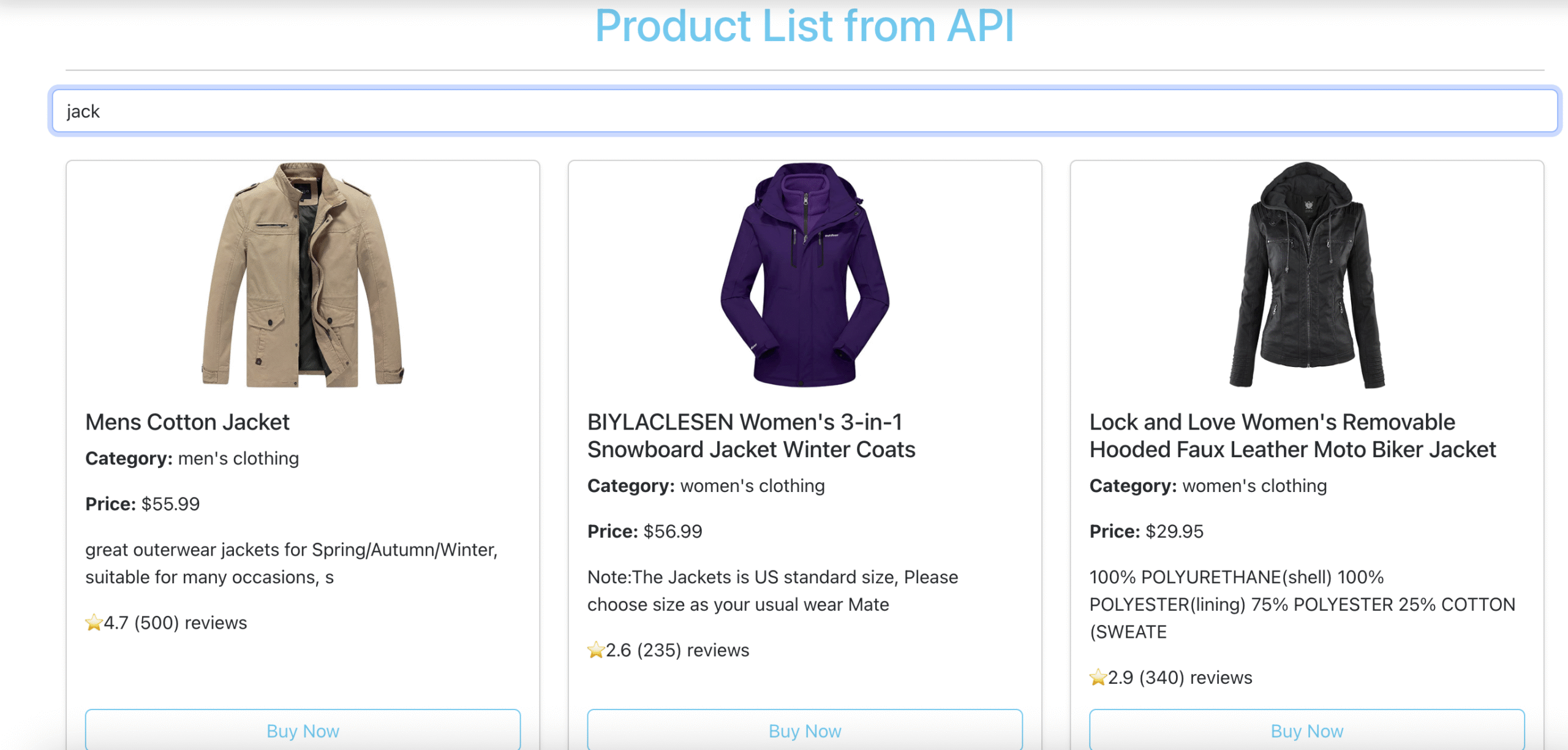Where Can We Apply the @Profile Annotation?
The `@Profile` annotation in Spring Boot can be applied in several places to conditionally create beans based on the active profile. You can apply it on:
Now let’s explore these use cases in more detail with examples.
Example 1: @Profile on RestTemplate Beans
Let’s say you want to create a `RestTemplate` bean for calling an API. You need two beans: one with basic authentication and one with secured SSL and token-based authentication. However, you only want one bean to be active based on the profile. You can define it as shown below:
@Configuration
public class RestTemplateConfig {
@Bean
@Profile("local")
public RestTemplate localRestTemplate() {
return new RestTemplate();
}
@Bean
@Profile("aws-east")
public RestTemplate awsRestTemplate() {
return new RestTemplate(new HttpComponentsClientHttpRequestFactory());
}
}
In this example:
- When the `local` profile is active, the `localRestTemplate` bean will be created.
- When the `aws-east` profile is active, the `awsRestTemplate` bean will be created.
Example 2: @Profile on Interface Implementations
Another common use of `@Profile` is on the class level. For example, if you have an interface with two implementations, you can decide which implementation to use based on the active profile.
public interface MyService {
String getServiceDetails();
}
@Profile("local")
@Component
public class UnsecureServiceImpl implements MyService {
@Override
public String getServiceDetails() {
return "Unsecure service for local environment";
}
}
@Profile("aws-east")
@Component
public class SecureServiceImpl implements MyService {
@Override
public String getServiceDetails() {
return "Secure service for AWS-East environment";
}
}
In this case:
- If the `local` profile is active, `UnsecureServiceImpl` will be used.
- If the `aws-east` profile is active, `SecureServiceImpl` will be used.
Example 3: @Profile on Configuration Classes
You can also use `@Profile` on entire configuration classes. This allows you to load different configurations depending on the active profile.
@Configuration
@Profile("dev","local")
public class DevConfig {
@Bean
public DataSource dataSource() {
return DataSourceBuilder.create()
.url("jdbc:mysql://localhost:3306/dev_db")
.username("dev_user")
.password("dev_pass")
.build();
}
}
@Configuration
@Profile("prod")
public class ProdConfig {
@Bean
public DataSource dataSource() {
return DataSourceBuilder.create()
.url("jdbc:mysql://localhost:3306/prod_db")
.username("prod_user")
.password("prod_pass")
.build();
}
}
In this case:
- If the `dev` or `local` profile is active, the `DevConfig` class will be loaded, and a development database connection will be created.
- If the `prod` profile is active, the `ProdConfig` class will be loaded, and a production database connection will be created.
Defining and Using Active Profiles in Spring Boot
Spring Boot allows you to define different configurations for various profiles and easily switch between them. This is achieved by creating profile-specific configuration files and specifying the active profile. Here’s how you can define and use them:
1. Define Configuration in Profile-Specific Files
Spring Boot supports profile-specific configuration files. You can create files like:
application-dev.yamlfor thedevprofile.application-prod.yamlfor theprodprofile.
Each of these files can contain different properties that will be applied when the respective profile is active. For instance:
# application-dev.yaml
server.port: 8081
spring.datasource.url: jdbc:mysql://localhost:3306/dev_db
# application-prod.yaml
server.port: 8080
spring.datasource.url: jdbc:mysql://prod-db-server:3306/prod_db
2. Activate Profiles
To activate a specific profile, you can specify it in several places:
- In the
application.propertiesorapplication.yamlfile:spring.profiles.active=dev(or any other active profile likeprod). - As a command-line argument:
--spring.profiles.active=dev(used when running the app via the command line). - As a VM argument:
-Dspring.profiles.active=dev(used when starting the application with a specific VM option).
3. Priority of Profile-Specific Configurations
When both the general application.yaml and profile-specific files (like application-dev.yaml) define the same property, the value in the profile-specific file will take precedence. For example:
- If
application.yamldefines a property andapplication-dev.yamlalso defines the same property, the value fromapplication-dev.yamlwill be used when thedevprofile is active.


Leave a Reply